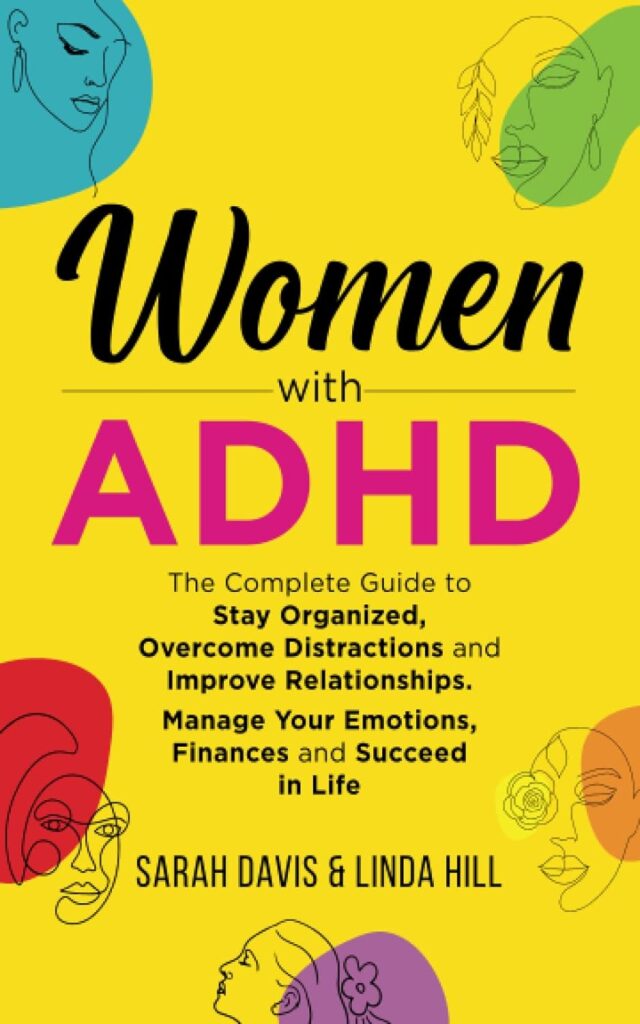Out of all of the triggers for women, STRESS is the number 1 trigger for women with ADHD and stress and womanhood go hand and hand. Which makes getting diagnosed or even recognizing you have it to be so important. What if you never get diagnosed or even realize you have a problem, then what?
The two types of Women with ADHD
- Impulsive Type ADHD Women
- Have atypical behaviors according to gender stereotypes – being demanding, controlling and irritable.
- Enjoy high risk behaviors like speeding and extreme sports.
- Have addictive behaviors that can lead to abusing substances or gambling.
- Can act on negative feelings like self-harm, cutting, and picking at skin.
- Inattentive Type ADHD Women
- Internalization of symptoms or never showing their true selves
- Cannot seem to pay attention to the details, makes careless mistakes at work or with activities.
- Have trouble paying attention for long periods of time.
- Get side-tracked and lose focus on daily tasks.
- Easily distracted.
- Forgets daily chores.
- Loses things frequently. Leaves things in weird places.
ADHD Triggers in Women
- Stress is the number 1 trigger for ADHD and as women that is life for us most of the time. Limiting your stress and finding ways to destress is key.
- Your period – If stress is number 1 our periods should definitely make the list. Our cycles are when our hormones fluctuate the most and increases our sensitivity to stress thus heightens our symptoms of ADHD.
- Low levels of estrogen – estrogens job is to protect and studies show control some neurotransmitter activity related to women’s sexual and reproductive health.
Risks of not getting diagnosed for ADHD
The National Libraries of Medicine (NIH) conducted a study on “Females with ADHD” which resulted in discovering a theory called the female protective effect in women and girls. It shows that women have a high threshold of external stimuli before their ADHD symptoms come out. Often times when the external stimuli gets to the point where you can notice the symptoms women are diagnosed with something else like depression, anxiety etc. which are comorbid disorders. Comorbid disorders are disorders that develop as a results of not being diagnosed with ADHD. If you don’t address the root of the issue you are at a high risk to develop one of these comorbid disorders:
- Anxiety – feeling uneasy, fearful or extremely bad about a situation or occurrence.
- Eating disorder — having an unnatural relationship with food.
- Mood disorder – having a difficulty controlling emotions.
- Oppositional Defiant Disorder (ODD) – angry, defiant, combative and vindictive behavior towards authority.
- Personality disorder – when you have a combination of different personality traits that sometimes don’t mix.
LINK TO BUY THE BOOK on AMAZON !

Citations
Davis, Sarah, and Linda Hill. Women with ADHD: The Complete Guide with Sample Tips & Strategies to Stay Organized, Overcome Distractions, Improve Relationships, Manage Emotions, and Thrive in Life. 2022.

